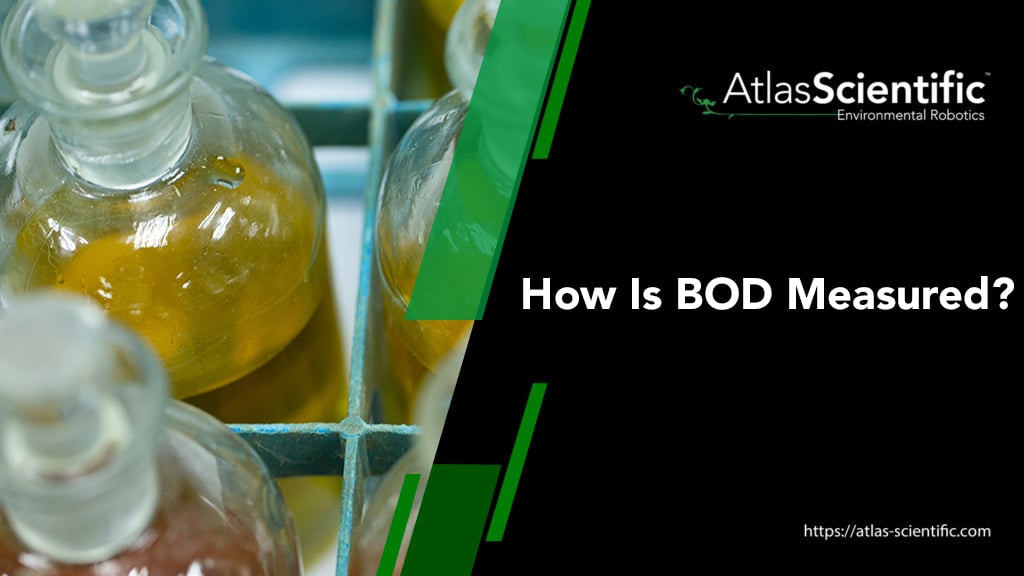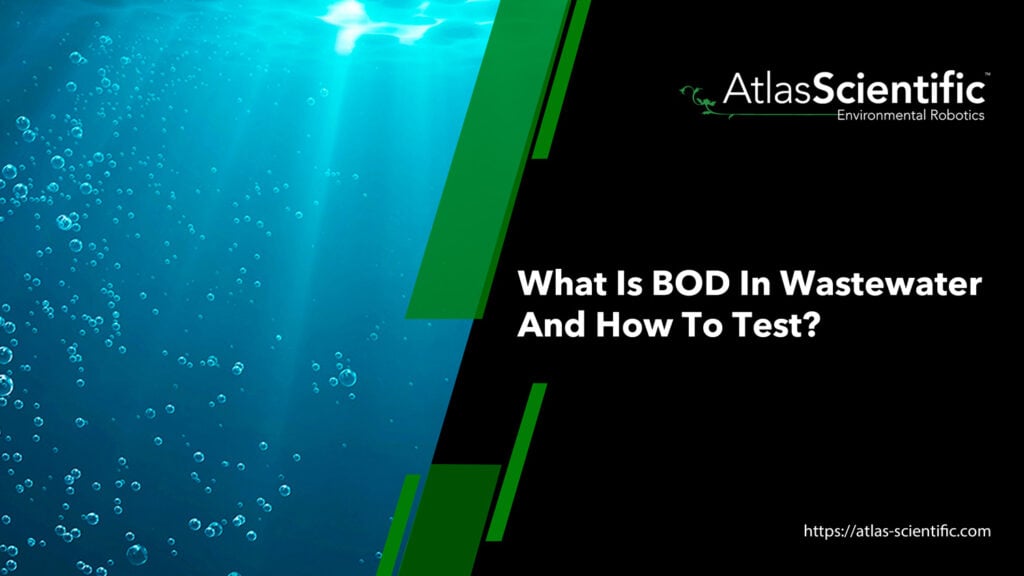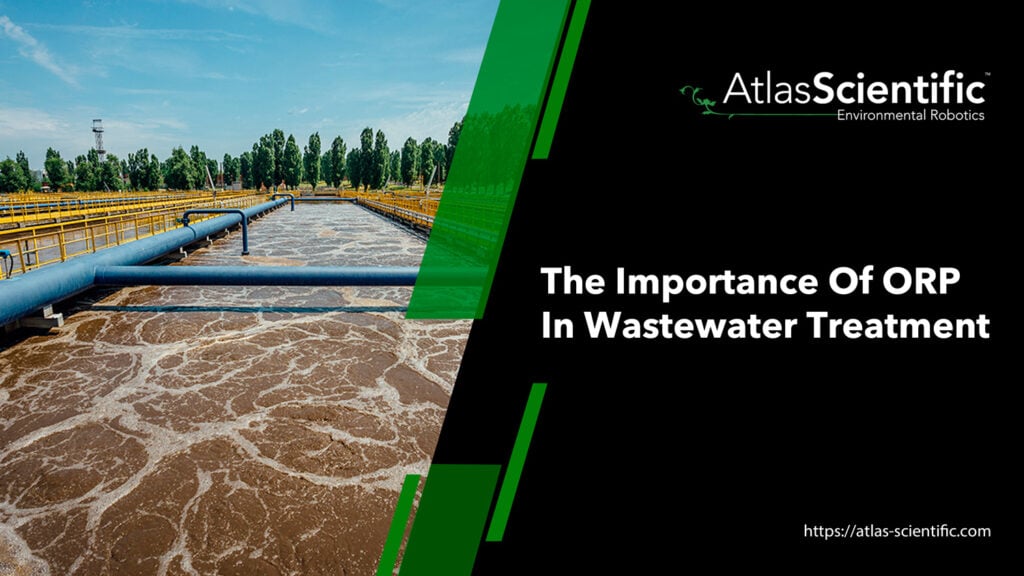
6 Methods Of The Chlorination Of Water
The chlorination of water typically involves six main steps/methods. These include plain chlorination, pre-chlorination, post-chlorination, double or multiple chlorinations, break-point chlorination, and super chlorination. Depending on the use of the water will determine which chlorination method is best. Some industries such as drinking water, may require more than one method of chlorinating the water. Many […]
6 Methods Of The Chlorination Of Water Read More »

















